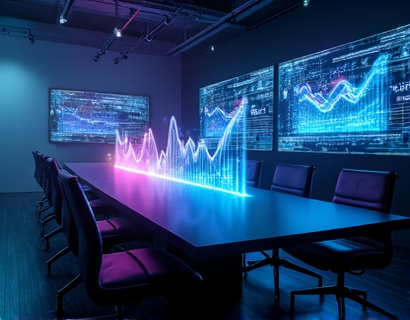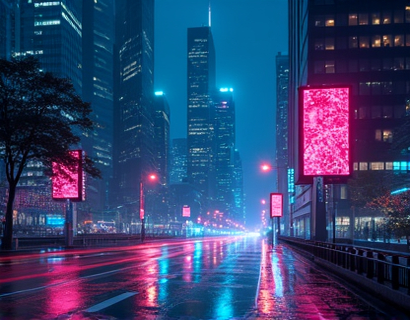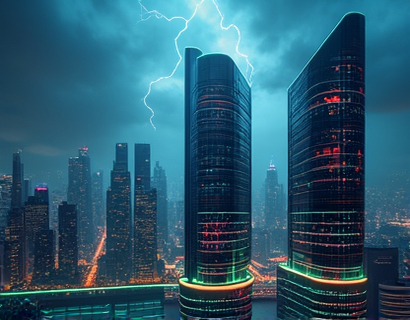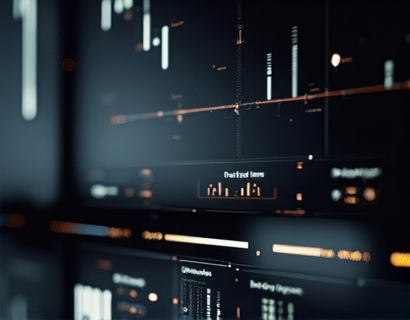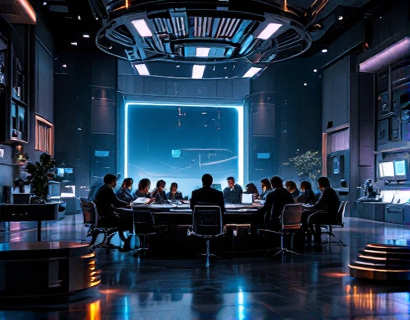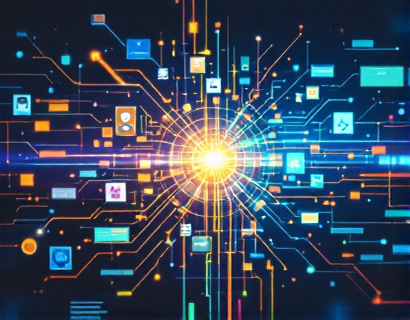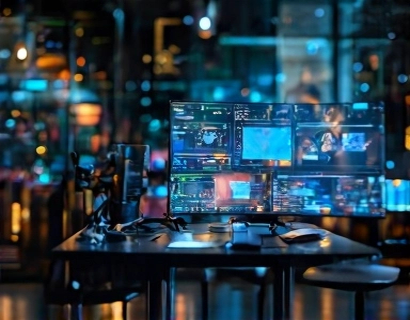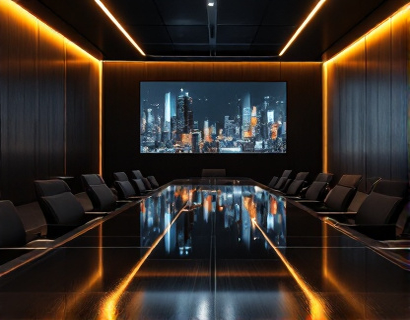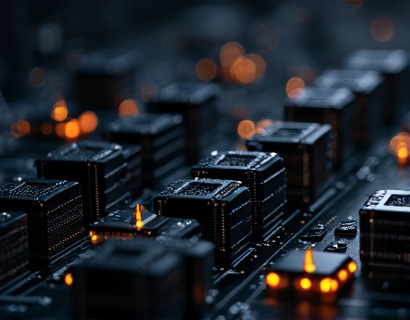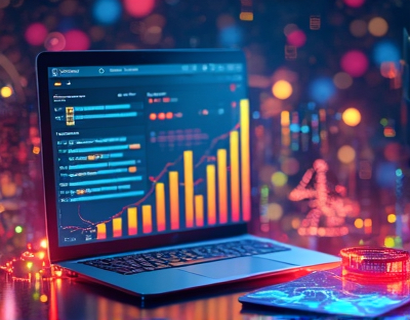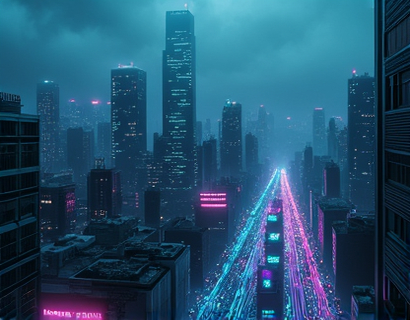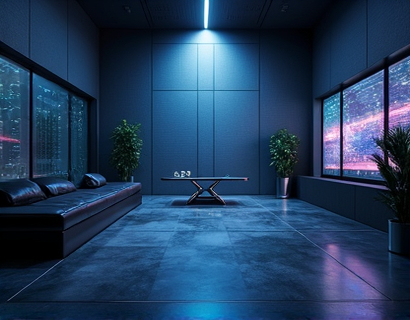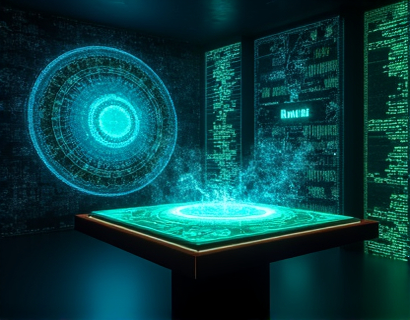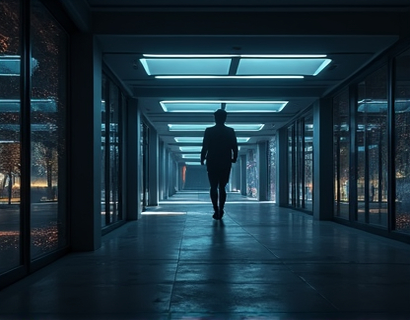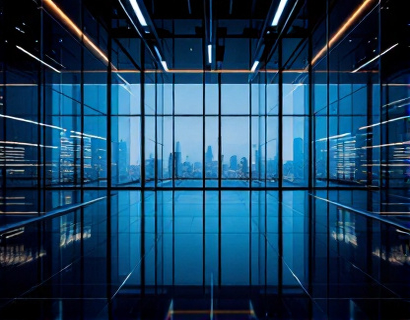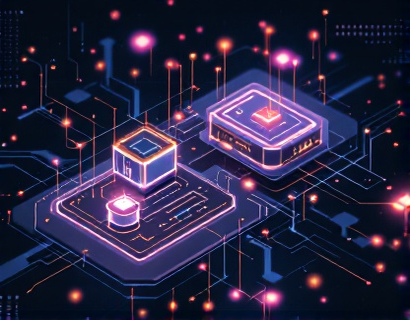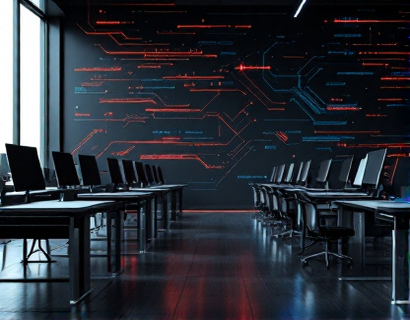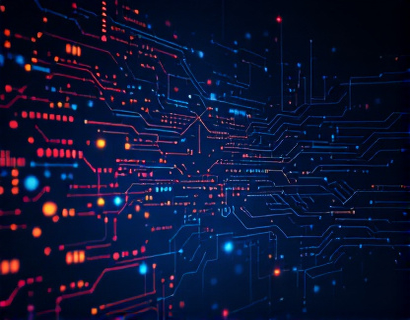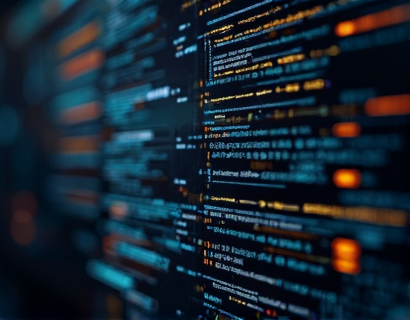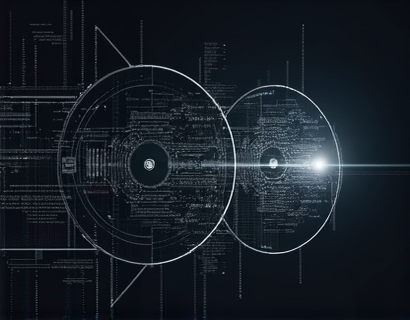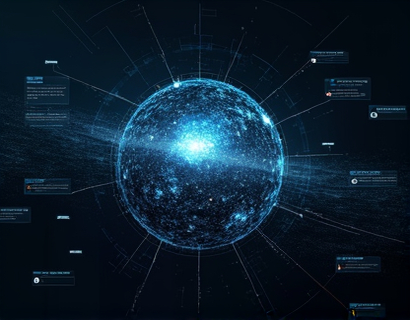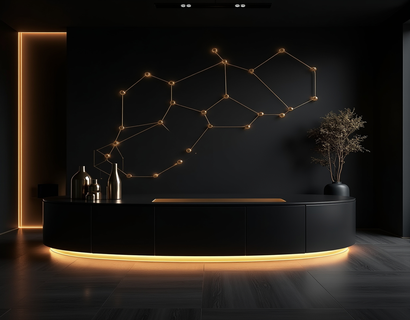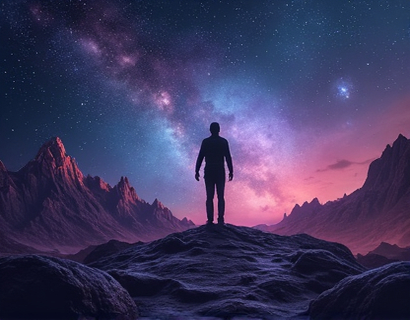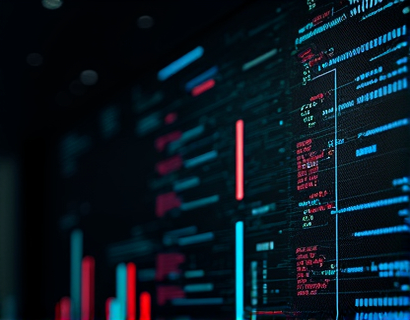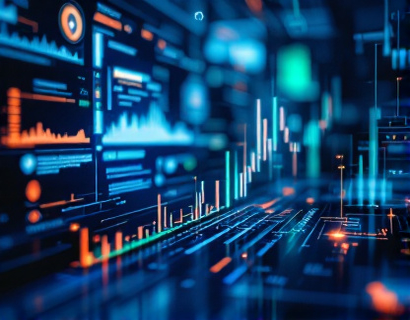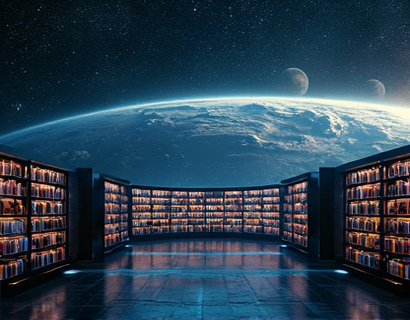AI-Powered Graphic Creation: Simplifying Visual Design for Everyone
In recent years, the landscape of graphic design has undergone a significant transformation, thanks to the integration of artificial intelligence (AI) into creative tools. This shift has democratized the field, making it possible for individuals with varying levels of design expertise to produce high-quality visual content. The advent of intelligent online tools has simplified the process of graphic creation, allowing users to focus more on the creative aspects rather than the technical intricacies. This article delves into how AI-powered graphic design is revolutionizing visual creation, making it accessible and efficient for a wide range of users, including graphic designers, marketing professionals, small business owners, social media managers, content creators, entrepreneurs, freelancers, educators, non-profit organizations, and creative hobbyists.
The Rise of AI in Graphic Design
The incorporation of AI in graphic design is not a new concept, but recent advancements have made these tools more sophisticated and user-friendly. Initially, AI was used to automate repetitive tasks such as image resizing and color correction. However, modern AI algorithms can now generate original designs, suggest color palettes, and even create entire visual identities based on user inputs. These tools leverage machine learning models trained on vast datasets of design elements, allowing them to understand and replicate design principles and trends.
Benefits of AI-Powered Graphic Design Tools
One of the most significant advantages of AI-powered graphic design tools is their ability to lower the barrier to entry for non-designers. Traditional graphic design software requires a steep learning curve and extensive training, which can be daunting for those without a design background. AI-driven tools, on the other hand, offer intuitive interfaces and guided processes that make it easy for anyone to create professional-looking graphics. This democratization of design tools empowers a broader audience to express their ideas visually, enhancing communication and branding across various platforms.
Another benefit is the time and cost efficiency these tools provide. Designing graphics manually can be time-consuming and often requires hiring professionals, which can be expensive. AI-powered tools can generate high-quality designs in minutes, saving time and resources. For small businesses and startups, this means they can create compelling visual content without breaking the bank or waiting weeks for a designer to complete a project.
How AI-Powered Tools Work
AI-powered graphic design tools operate by combining several key technologies. At the core is a combination of natural language processing (NLP) and computer vision. NLP allows users to input text descriptions of the desired design, which the AI then interprets and translates into visual elements. Computer vision enables the tool to understand and manipulate images, ensuring that the generated graphics are aesthetically pleasing and align with the user's intent.
These tools often use generative adversarial networks (GANs) and neural style transfer techniques to create unique and high-quality designs. GANs consist of two neural networks that compete with each other to generate realistic images, while neural style transfer allows for the blending of different styles and elements to create new, original designs. This fusion of technologies results in a powerful and flexible design process that can produce a wide range of visual content.
User Experience and Customization
The user experience of AI-powered graphic design tools is designed to be seamless and intuitive. Most platforms offer drag-and-drop interfaces, pre-designed templates, and real-time previews, making it easy for users to experiment and refine their designs. Users can input specific parameters such as color schemes, fonts, and layout preferences, and the AI will generate designs that match these criteria.
Customization is a crucial aspect of these tools. While AI can provide a starting point, users have the flexibility to modify and adjust the generated designs to better suit their needs. This hybrid approach ensures that the final product is both unique and tailored to the user's vision. Additionally, many tools offer a library of assets, including icons, illustrations, and backgrounds, which users can incorporate into their designs, further enhancing the customization options.
Applications Across Various Industries
The versatility of AI-powered graphic design tools makes them applicable across a wide range of industries and use cases. For graphic designers, these tools can serve as a powerful extension of their creative toolkit, allowing them to prototype ideas quickly and explore multiple design directions. Marketing professionals can leverage these tools to create consistent and engaging visual content for campaigns, social media, and advertising materials.
Small business owners and entrepreneurs can use these tools to develop professional logos, business cards, and website graphics without the need for a dedicated designer. Social media managers can generate eye-catching posts and stories, ensuring their content stands out in a crowded feed. Content creators and freelancers can produce high-quality visuals for blogs, videos, and presentations, enhancing their online presence and credibility.
Educators and non-profit organizations can utilize these tools to create educational materials, promotional content, and branding assets. Creative hobbyists can experiment with design without the pressure of perfection, enjoying the process of creating and sharing their artwork. The broad applicability of AI-powered graphic design tools makes them an invaluable resource for anyone involved in visual communication.
Challenges and Considerations
While AI-powered graphic design tools offer numerous benefits, there are also challenges and considerations to keep in mind. One potential issue is the quality and originality of the generated designs. While AI can produce high-quality graphics, there is a risk of generating designs that lack uniqueness or may inadvertently infringe on copyrighted material. Users must be mindful of the sources of the training data and ensure that the generated designs are original and compliant with copyright laws.
Another consideration is the learning curve associated with adopting new technology. Although these tools are designed to be user-friendly, some users may still require a period of adjustment to fully leverage their capabilities. Providing comprehensive tutorials, support resources, and community forums can help mitigate this challenge and ensure a smooth transition for new users.
Future Trends in AI-Powered Graphic Design
The future of AI-powered graphic design is promising, with ongoing advancements expected to further enhance the capabilities and accessibility of these tools. One area of development is the integration of augmented reality (AR) and virtual reality (VR) into design processes. This could allow users to visualize and interact with their designs in 3D environments, providing a more immersive and realistic preview of the final product.
Another trend is the improvement of AI's understanding of context and intent. As machine learning models become more advanced, they will better grasp the nuances of design and user preferences, leading to more accurate and personalized design suggestions. This will further reduce the need for manual adjustments and make the design process even more efficient.
Collaboration between AI and human designers is also on the horizon. AI can handle repetitive and time-consuming tasks, allowing designers to focus on high-level creative decisions. This symbiotic relationship can lead to more innovative and high-quality designs, pushing the boundaries of what is possible in visual creation.
Conclusion
AI-powered graphic design tools are transforming the way we create and consume visual content. By making graphic design more accessible and efficient, these tools are empowering a diverse range of users to bring their creative ideas to life. Whether you are a seasoned designer or a casual creator, AI-powered tools offer a powerful and user-friendly way to produce high-quality graphics. As the technology continues to evolve, the potential for innovation and creativity in the field of graphic design is limitless.



